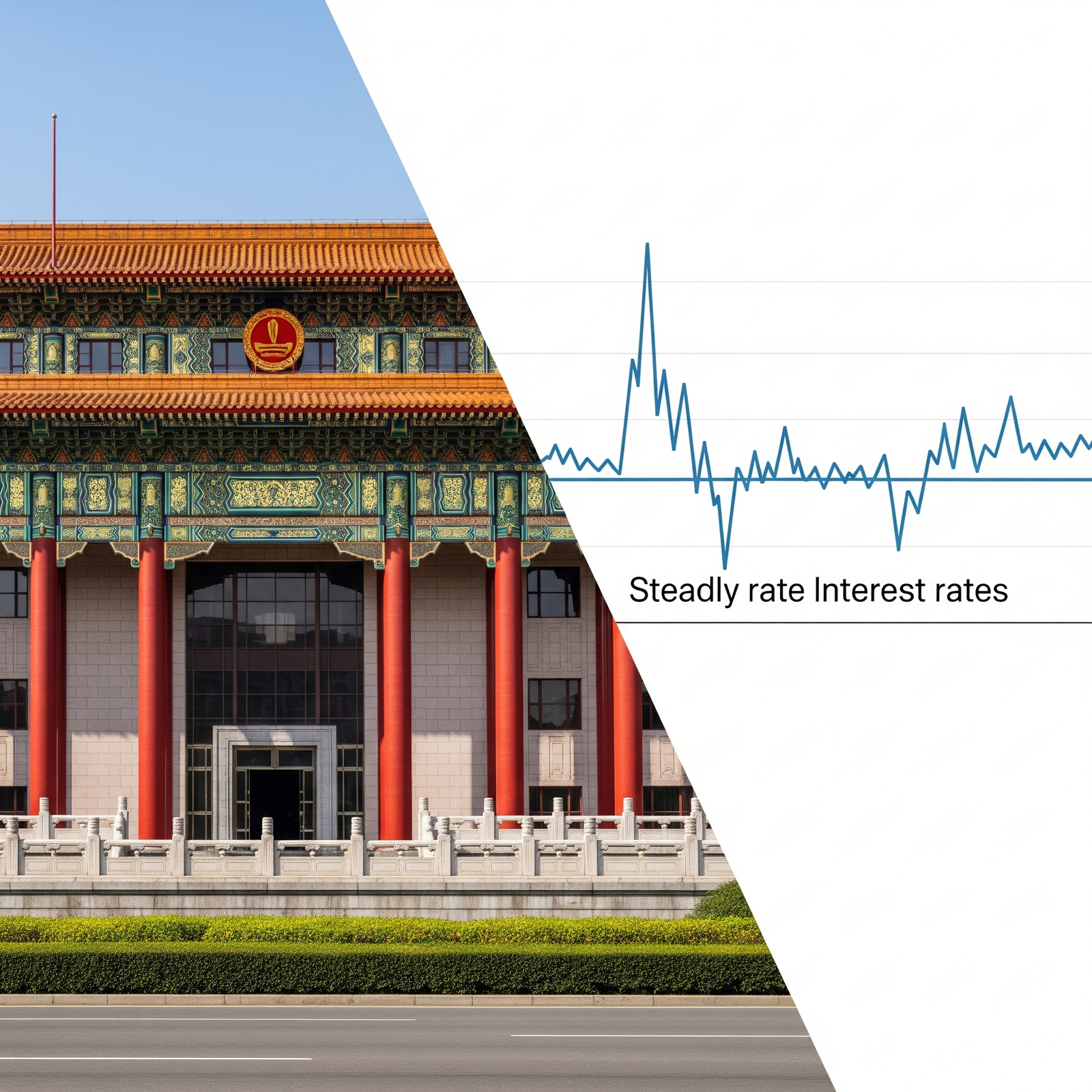The China loan prime rate (LPR) will remain unchanged for the month, signaling cautious optimism from the nation’s central bank following a period of economic uncertainty. In a statement released Friday, the People’s Bank of China (PBOC) announced it would hold the 1-year LPR at 3.0% and the 5-year LPR at 3.5%. This decision to stand pat comes after a rate cut in May. It suggests that policymakers believe the recent U.S. trade deal has eased immediate worries about economic growth, allowing them to adopt a “wait-and-see” approach.
What is the Loan Prime Rate (LPR)?
Before diving into the “why,” it’s important to understand what the LPR is. The Loan Prime Rate is the benchmark lending rate that commercial banks in China charge their highest-quality customers. It functions as the primary reference point for all other loans in the economy. There are two key LPRs:
- The 1-Year LPR: This rate primarily influences most new and outstanding corporate loans. When this rate changes, it directly affects the cost of borrowing for businesses nationwide. The PBOC held this rate at 3.0%.
- The 5-Year LPR: This rate serves as the primary benchmark for most residential mortgages. Its stability is crucial for the health of China’s vast property market. The PBOC held this rate at 3.5%.
By controlling these rates, the PBOC can either “cool down” an overheating economy by making borrowing more expensive or “stimulate” a slowing economy by making it cheaper.
1. The U.S. Trade Deal’s Impact on a Steady China Loan Prime Rate
A primary reason for the central bank’s confidence is the recent easing of trade tensions with the United States. The China loan prime rate is a tool used to manage economic stability, and a major trade deal provides a significant boost to that stability. For months, Chinese exporters faced uncertainty due to tariffs, which threatened factory output and employment. The new trade agreement removes that immediate pressure, allowing businesses to plan for the future with more confidence. This positive development reduces the urgent need for the PBOC to provide further monetary stimulus through rate cuts.
2. Balancing Economic Growth with Financial Stability
Central banking is a delicate balancing act. While the PBOC aims to ensure robust economic growth, it is also acutely aware of the risks associated with injecting excessive cheap credit into the system, such as inflating asset bubbles or increasing overall debt levels. According to analyses by institutions like the World Bank, managing debt is a key long-term challenge for China.
By holding rates steady this month after cutting them in May, the PBOC is giving itself time to assess the impact of its prior stimulus. They are watching to see how the May rate cut filters through the economy before deciding on their next course of action. This patient approach is characteristic of a central bank aiming for sustainable, long-term stability rather than short-term, debt-fueled growth. The decision to keep the China loan prime rate on hold is therefore a sign of measured confidence in the nation’s economic footing.
Read the original story on “US Top News and Analysis”.
